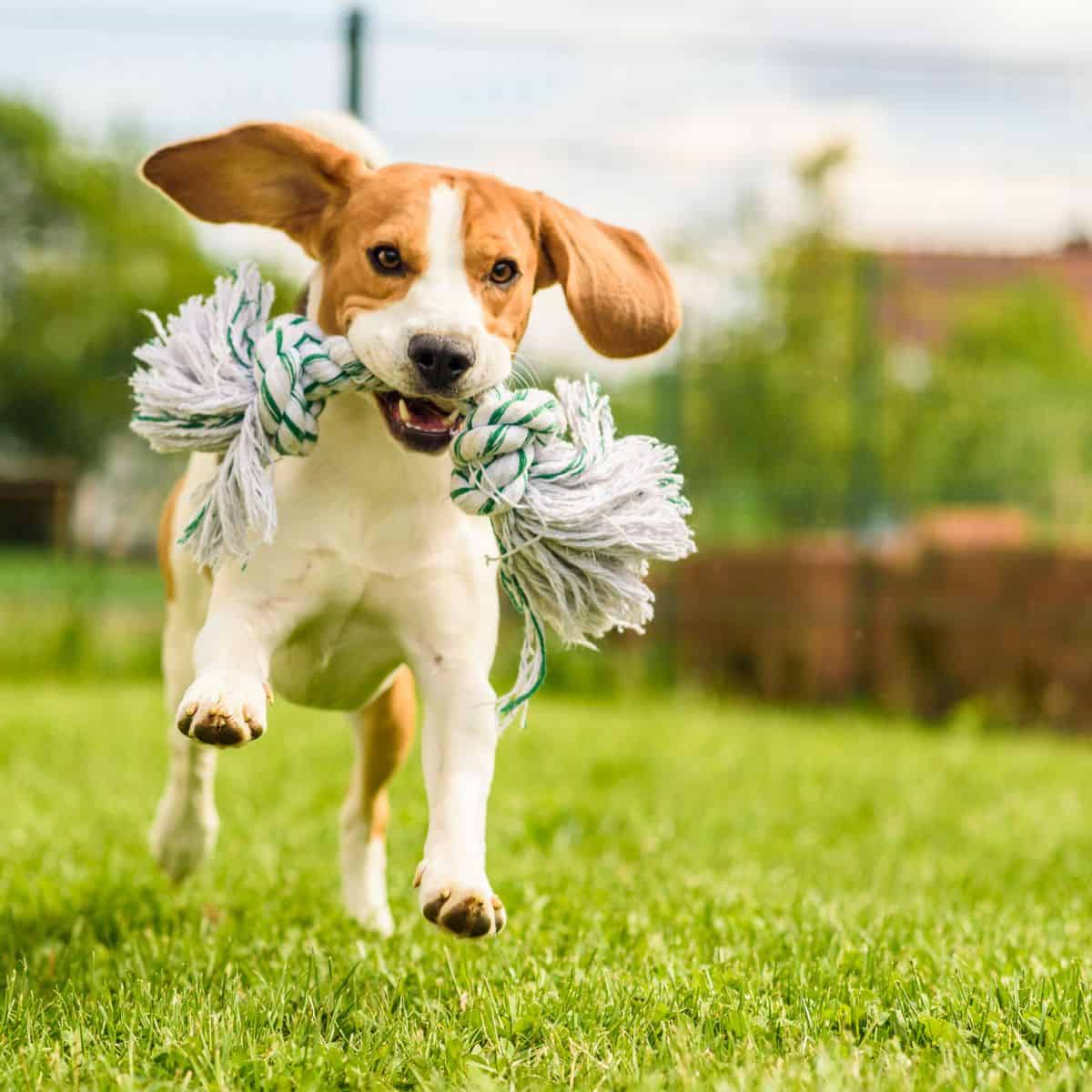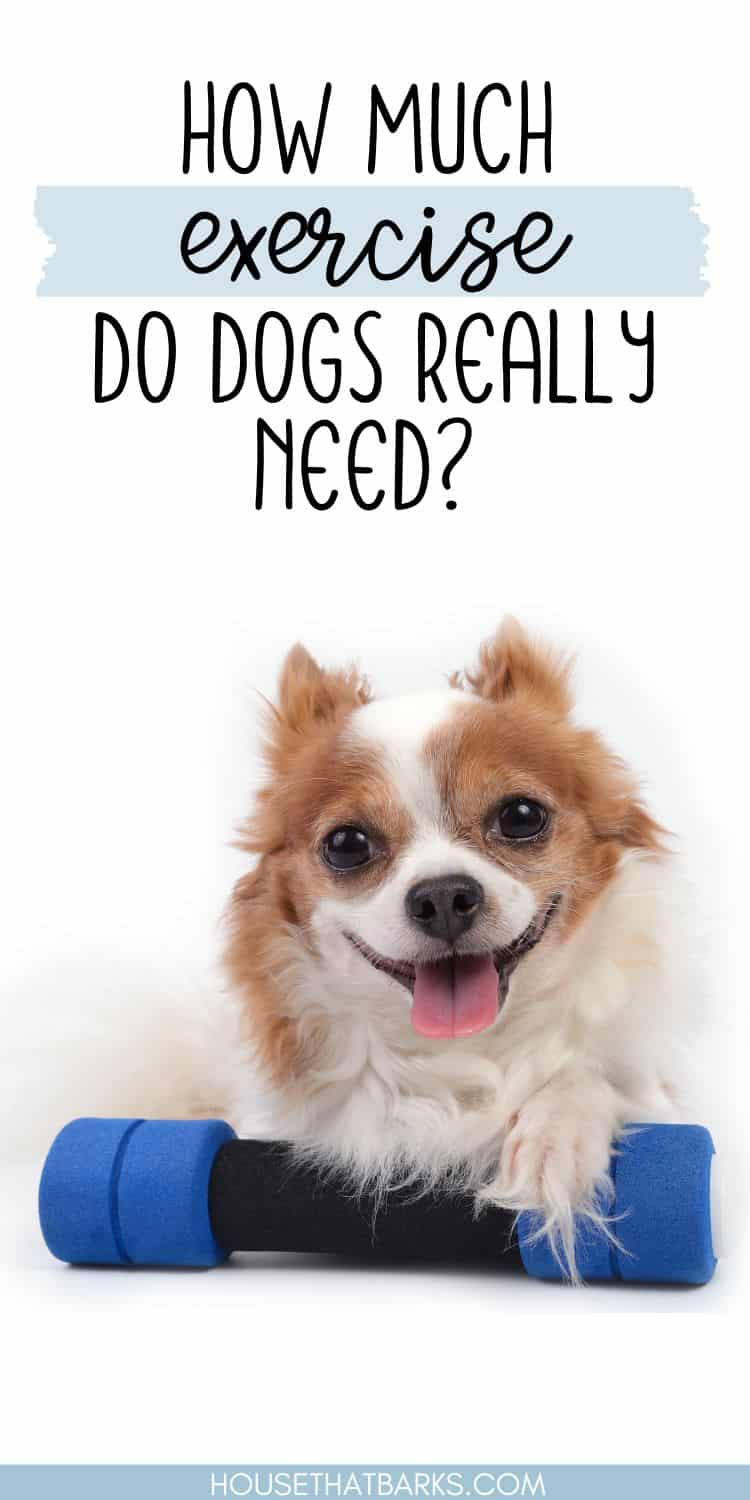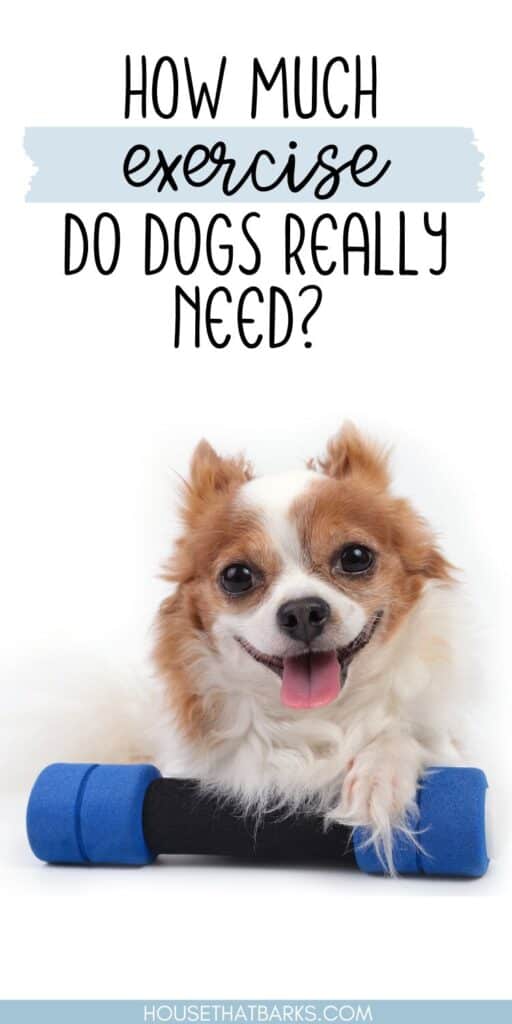The Importance of of exercise and how much exercise do dogs need?
As responsible dog owners, we often wonder how much exercise our furry friends really need.
How many walks per day, how much time at the dog park, how much playtime in the backyard?
With so many different breeds and individual differences in activity levels, it can be difficult to determine exactly how much exercise our dogs need to stay healthy or happy.
Furthermore, a dog's daily exercise is not just essential for their physical well-being, but also for their mental health and overall temperament.

How much Exercise Does a Dog Need?
The American Veterinary Medical Association recommends that dogs get 30 minutes to 2 hours of exercise daily, depending on their age, breed, size, and health condition.
While young and highly active breeds such as Labradors and Australian Shepherds may require more exercise to burn off their energy, older and more sedentary breeds like Bulldogs and Basset Hound may need less exercise, depending on their mobility and health conditions.
In this blog post, we will dive into the science behind exercise for dogs.
Varying Exercise Levels for Different Breeds
With taking care of your furry friend, understanding their individual needs is crucial in determining how much exercise for dogs.
Wen it comes to exercise, different dog breeds require different levels of activity to remain healthy and happy.
High-energy breeds such as Border Collies and Dalmatians may require more intense exercise routines, such as running or hiking, for at least 30-60 minutes a day.
In contract, smaller breeds like Shih Tzu's or Pugs may only require light exercise, like short walks or indoor playtime, for approximately 20-30 minutes a day.
You can speak to your veterinarian to determine the amount of exercise based on your dog's age, size, and overall health.
Regular exercise not only helps in maintaining physical health, but also enhances a dogs mental well-being, and strengthens the bond between dog and ourselves as owners, plus it prevents destructive behaviors from boredom.
Advantages of Providing Exercise for your Dogs
Providing consistent exercise for your dog is crucial for their overall health and well-being.
Regular exercise not only helps to maintain your dog's physical health, but it also supports their mental health.
Dog's who do not receive enough physical activity may become bored, anxious, or even destructive.
Adequate exercise helps to burn off excess energy, promotes better sleep habits, and reduces stress levels.
Regular exercise helps to maintain a healthy weight and can prevent a host of health problems such as obesity, diabetes and heart disease.
By providing consistent exercise, you can ensure that your dog receives both the physical and mental stimulation required for optimal health.
Disclosure: Some of the links in this article are affiliate links (Amazon Associate or other programs we take part in). As an Amazon Associate, I earn a small commission from qualifying purchases.
How to Exercise your Dog at Home
What counts as exercise for a dog?
When you have to work or it's raining outside, it can be tough to make sure that your dog is getting enough physical and mental exercise while staying indoors.
In order to keep your dog stimulated and prevent them from getting bored and letting out their energy in destructive ways, it's important to establish an indoor exercise routine for your dog.
Fortunately, there are many ways to exercise your dog when you're stuck indoors that don't require leaving the house.
Veterinarians and dog trainers suggest playing games such as fetch or hide-and-seek with treats, interactive toys that dispense food as they're moved around, or just good old fashioned walks around the house.
Mentally stimulating activities such as scenting games or structured training drills can help give your dog something to do besides sleeping all day.
Using the Stairs to Exercise Your Dog Indoors
Stairs are an often overlooked tool for exercising and keeping your dog in good shape.
Regular use of stairs for exercise can help strengthen your dog's muscles. It's important to keep in mind your dog's age and breed of dog, making sure the exercise is appropriate to their size and joint capabilities.
Adding an extra challenge to regular activities is another easy way to exercise your dog.
Channel their natural drive to play fetch, tag, or other games by incorporating the stairs into the mix, adding up or down steps for even more fun!
Just be careful not to overdue it, make sure your monitoring the intensity level and listing for signs of fatigue.
With regular mindful use of exercises you can safely help your dog get some exercise while staying home.
How to Create an Indoor Obstacle Course
Creating an obstacle course for your dog is a great way to provide mental stimulation and physical exercise.
You don't need a lot of space or fancy equipment to devise an effective, dog friendly course.
All it takes is some creativity and resourcefulness!
With a few items lying around the house like chairs, tables, old boxes, and broomsticks, you can create hours of fun for your pup.
Set up specific routes for them to maneuver up and over certain obstacles, under others and around some as well.
Playing Tug-of-War with your Dog
Playing tug-of-war with your dog is a great way to bond while providing good, safe, and fun exercise.
As in indoor activity, it allows you to stay out of the elements and have some fun with your furry friend.
It's also a fantastic tool to train new behaviors such as "drop" and "leave it."
Tug-of-war can also help provide stimulation for an overly-energetic dog. Playing a game like this not only tires them out, but keeps their minds engaged as well.
This activity is excellent for burning off excess energy while reinforcing obedience training.
Don't forget whatever item you use should be appealing enough to encourage continued play, otherwise they can lose interest quickly.
Ultimately, indoor tug-of-war is an excellent means to provide your dog with physical exercise and mental stimulation in the comfort and safety of your home!
Indoor Play Dates
Indoor play dates are a great way to tire out your dog if you don't have access to an outdoor space or the right weather conditions.
These socialization-oriented activities don't require much room, just enough that your dog can wrestle, chase, and play with his other friends.
When setting up an indoor play date, make sure you have proper introductions for all the dogs. Keep an eye on your dog during play time to make sure all are behaving appropriately.
Final Thoughts on How Much Exercise Dogs Need
In conclusion, providing sufficient exercise to our furry friends is crucial.
The exercise needs of dogs depend on their breed, age, size, and health condition, but all dogs require some form of physical activity to maintain good health.
Dog owners should ensure they provide their dogs with enough mental and physical stimulation through daily activities, play sessions, and regular walks.
By meeting their dog's exercise needs, pet owners can help their dogs lead happy, healthy, and active lives.
Pin It and Save It for Later







Leave a Reply